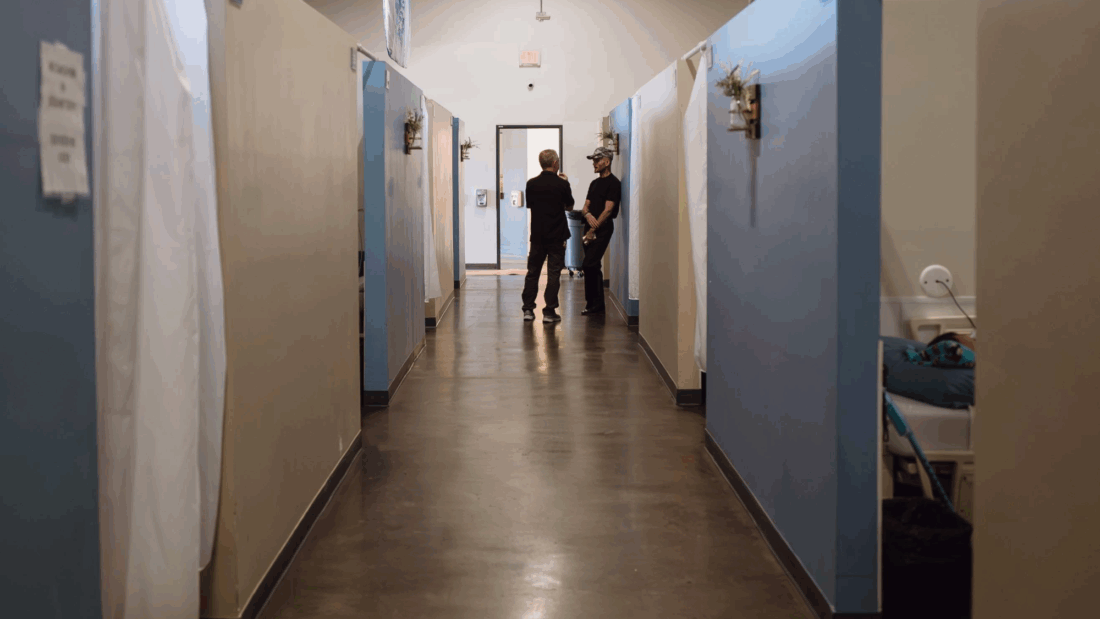
James Blunt, 58, lay on his bed at Harbor Care Center in Mission Hills, a neighborhood in northern Los Angeles. After three years of homelessness and struggles with alcohol, he had finally found reasons to feel thankful. He was grateful to no longer be navigating the streets of downtown LA with a bad hip and heart problems. Grateful, even, for the health issues that landed him in the hospital and put him on a new path. Most of all, he was thankful for landing in a place where he felt cared for.
He arrived there in May after being discharged from Huntington Hospital in Pasadena, where he was treated for hip necrosis. “I laid down and I was happy, like I had come home,” said Blunt.
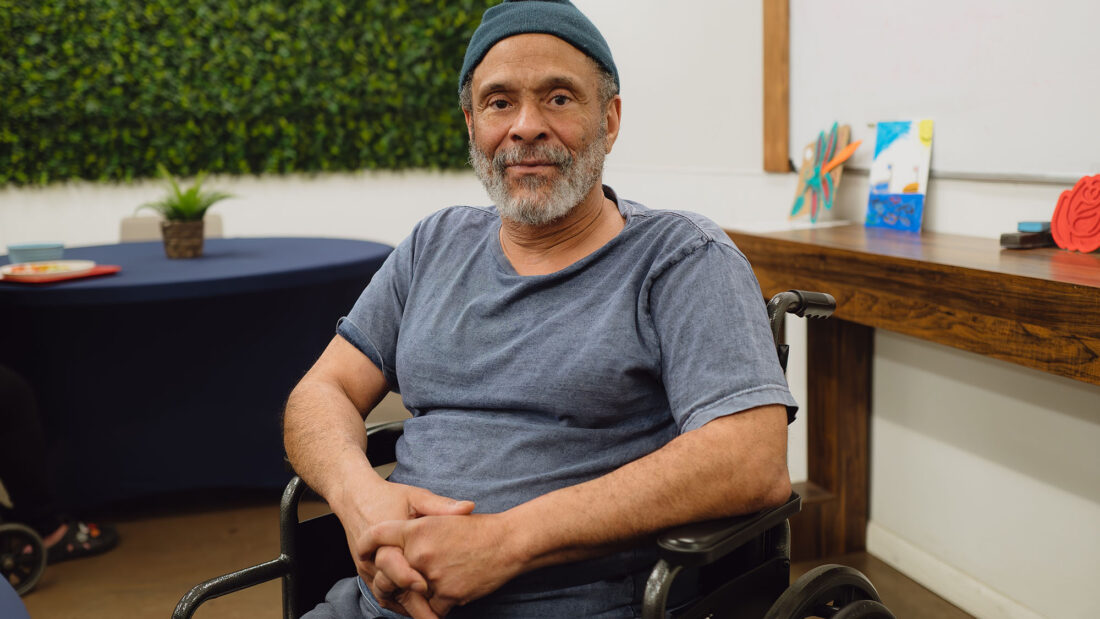
Harbor Care is a 35-bed medical respite facility — it provides a safe place where people experiencing homelessness can recover from illnesses and injuries after they leave a hospital or undergo outpatient surgery. The facility offers patients a private space to rest, freshly cooked meals, laundry services, medication management, access to an on-site clinic, transport to off-site appointments, and case management to help them find long-term stability.
Blunt didn’t know it when he arrived, but Harbor Care had recently completed a rigorous certification process designed to ensure medical respite programs meet nationally recognized standards for providing quality care. It’s the first certification program developed for medical respite care facilities, and it’s overseen by the National Institute for Medical Respite Care, a program of the National Health Care for the Homeless Council.
The goal of the voluntary certification is to improve the quality and consistency of care across medical respite care programs. It provides a reliable way for a facility to be assessed by hospitals, managed care plans, and other entities that refer to or pay for medical respite services.
Medical Respite Certification
To learn more about certification of medical respite programs, visit the National Health Care for the Homeless Council website.
So far, 15 facilities across the country, including Harbor Care, have been certified under a pilot phase in 2023 and 2024. After the program’s official launch in April, another 20 facilities enrolled and now are working toward certification. The institute plans to accept at least 25 more applicants in November and aims to certify more than 100 in total over the next three years.
Demand for the certification is strong, said Julia Dobbins, MSW, the council’s director of medical respite. Many facilities are eager for guidance on meeting best practices, and for the credibility that certification brings. That is especially true in California, which in 2022 became the first state to make recuperative care reimbursable through Medi-Cal, the state’s Medicaid program. Several other states have sought or are implementing respite care as a Medicaid benefit.
“We wanted to be identified with quality,” said David Delaplane, president and CEO of Harbor Care Foundation, the nonprofit that runs the facility. “I see it as a stamp of approval from an agency that’s saying, wow, these guys went through a … pretty rigorous exercise to get to this level.”
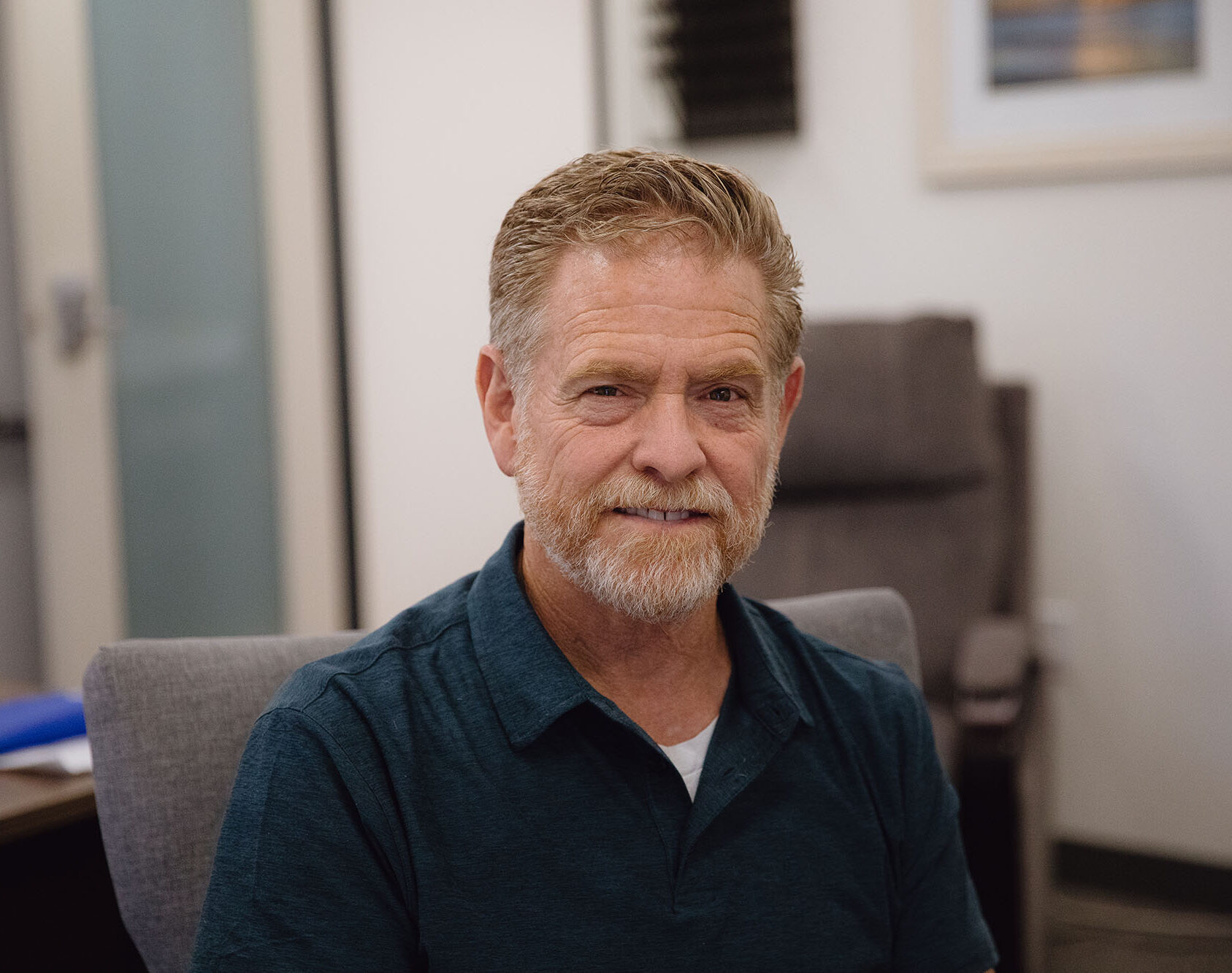
While enrollment in the certification program is free, organizations cover the cost of the estimated 40 to 60 hours of staff time required to complete the process. The institute meets regularly with participants and provides technical assistance to help them meet the certification criteria.
“It’s not intended to be punitive,” said Dobbins. “We are going to walk alongside programs to get them certified.”
A Gap in the System
Medical respite care programs emerged in the 1980s in response to unhoused people cycling in and out of hospital care. Many of those patients have nowhere to go after discharge and are too frail or ill to survive on the streets or in a shelter — a problem that has long frustrated health care providers and endangered patients.
Respite facilities offer a secure place to sleep, catered meals, and medical care coordination. Many connect patients with social services that provide longer-term stability, such as housing, treatment of substance-use problems, assistance with disability benefits, and access to food.
The facilities can save lives. Blunt, who before hospitalization spent days sleeping outside in the rain, said he couldn’t have managed his heart and hip problems on the street.
“I would probably be dead, and I don’t say that jokingly,” he said. “Just thinking you’d be out there on your own feels impossible.”
David Lee, 46, who has been paralyzed from the waist down since childhood and became unhoused after a breakup, said Harbor Care Center gave him access to the medical supplies and bathroom facilities he needs to survive. A case manager there is helping him look for a job.
“Being here, the services they provide, I believe will help lift me up out of this situation,” he said. “It allows me a path forward as I absolutely would not be here if I was on the street.”
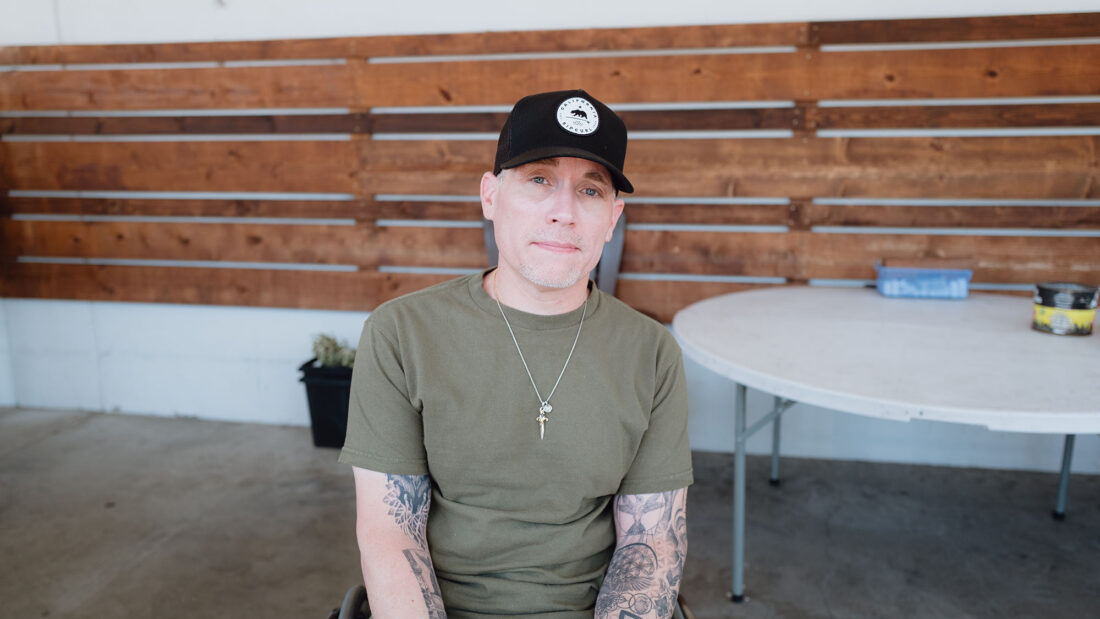
Diverse Approaches
Medical respite programs are varied in how they operate and what they look like. They include a bed set aside in a homeless shelter, repurposed motel rooms, and a stand-alone center with onsite medical and social services. While some have been around for decades, many are new. The number has grown exponentially since the COVID-19 pandemic, which increased public awareness of the need for people to have a safe place to go when they’re sick or hurt, Dobbins said.
The institute counts 235 medical respite programs nationwide, including 83 in California.
“Medical respite is a new, growing field. It’s very grassroots and there’s enormous variation,” said Stephen Wilder, LMSW, CPH, a senior medical respite manager with the council. “With that variation, there’s a lot of room for growth and a lot of room to bring in best practices.”
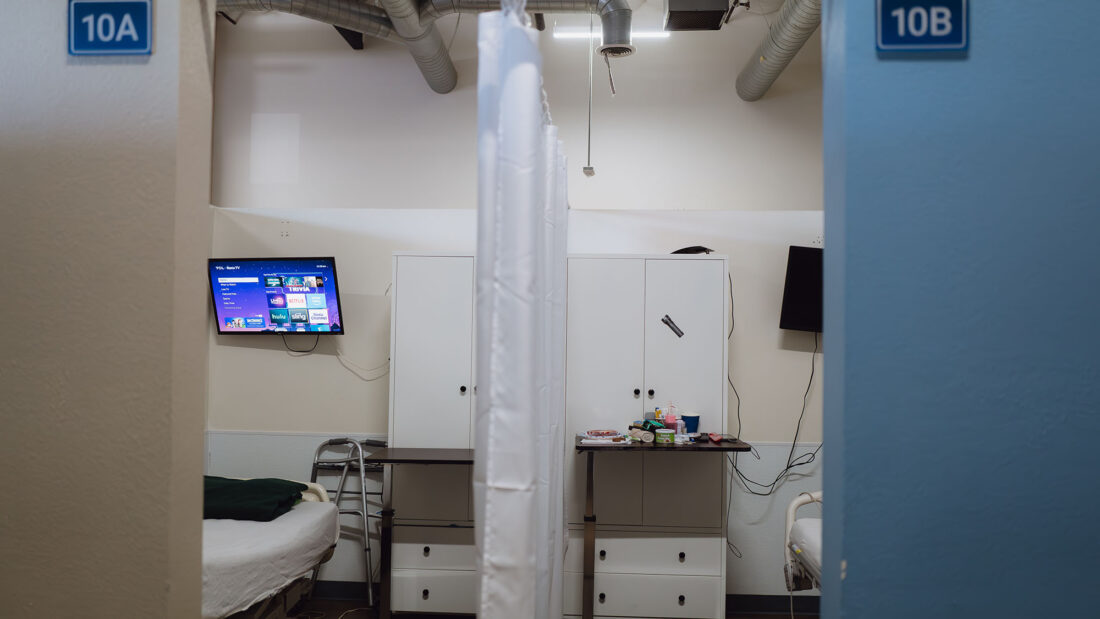
Certification Nuts and Bolts
Officials from the institute began to seriously explore the idea of developing a medical respite care certification in 2022 with support from the California Health Care Foundation and Kaiser Permanente. The institute conducted focus groups and interviews with more than 40 stakeholders, including respite programs, hospital systems, managed care plans, and state Medicaid officials. They found broad enthusiasm for the proposal.
The certification emphasizes eight standards for medical respite care programs. First developed in 2016 by the Respite Care Providers’ Network, the standards include best practices for cleanliness; transitioning clients in and out of respite care; and clinical care.
Applicants start with a self-assessment to figure out which standards they are meeting and which ones need improvement. Certification is granted when applicants can prove they are meeting at least 89% of criteria. One key component is evidence that programs are seeking input from patients and using it to guide service delivery.
Benefits for Providers, Partners, Patients
Chelseá Jensen leads certification efforts at the Good Samaritan Shelter, which operates recuperative care sites in Santa Barbara County at Lompoc and Santa Maria and is poised to open another in the city of Santa Barbara. Jensen said she sees the certification — which the organization hopes to obtain this year — as “an unheard of opportunity” to receive free support and coaching to improve their services.
“Standardizing our services across different locations and then being up to par with national standards has always been a value of ours,” she said. “It kind of felt like a no brainer to undertake this process.”
Pursuing certification has led Good Samaritan to create new systems for gathering client feedback and data, and a discharge planning policy. Jensen hopes the certification will also be useful to demonstrate to partners, clients, and potential funders that her organization provides high-quality care.
Amelia Grover, LCSW, is a manager of social work at a Dignity Health site serving the Santa Maria area. She refers patients to Good Samaritan for recuperative care and has encouraged staff to pursue certification. Certification will allow the shelter to serve as a model to other service providers interested in offering medical respite in the community, Grover said. Certification “validates what we already know is an effective, important and critical system,” she said.
At Harbor Care Foundation, certification has helped the organization secure grant funding for a second recuperative care facility that opened recently in the northern LA County city of Lancaster, executives said. Certification led to more formalized policies and procedures, more trauma-informed client intake interviews, and staff training in Narcan administration techniques, an intervention that has saved three patients’ lives so far.
The certification process “really pushed us,” Delaplane said. “It took a lot of bugs out of our system. It made us better.”
Blunt didn’t need to see Harbor Care win certification to conclude that it is well run. He hopes more respite facilities will go through the process.
Blunt is awaiting hip surgery in October. At the time of our interview, he was working with a case manager to find housing and obtain identification documents and government relief. He said he felt more hopeful.
“Coming to a place like this where people actually care was extremely important to me,” he said. “These types of facilities are definitely needed.”
Authors & Contributors

Claudia Boyd-Barrett
Independent journalist
Claudia Boyd-Barrett is a longtime journalist based in Southern California. She writes regularly about health and social inequities. Her stories have appeared in the Los Angeles Times, San Francisco Chronicle, San Diego Union-Tribune, and California Health Report, among others.

Zaydee Sanchez
Independent photojournalist
Zaydee Sanchez is a Mexican-American visual storyteller, documentary photographer, and writer. Inspired by her upbringing in Tulare, in California’s agricultural San Joaquin Valley, her work is rooted in addressing the complexities of migration.
